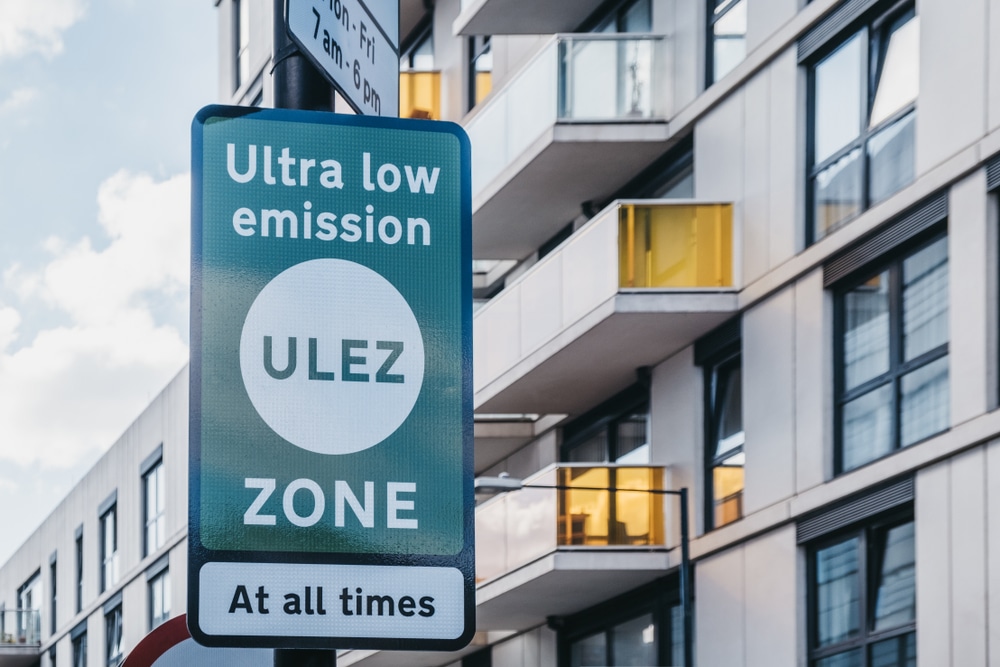Doddle outlines its top predictions for the changing e-commerce landscape this year:
- Logistics giants reach down to the consumer
While 2022 was a challenging year in e-commerce, to say the least, one sector seemed to weather the storm better than most – the freight sector. Maersk, CEVA, Kuehne + Nagel, CMA-CGM and other mega-multinationals in this space all seemed to thrive in a world where the term ‘supply chain’ was once again on everyone’s lips.
We believe that’s set to continue in 2023 with the biggest shipping, transportation, freight and general logistics businesses in the world moving ever closer to their raison d’être: the consumer. As part of this, we’ll see many more acquisitions in the space, with these behemoths snapping up both last-mile carriers and growth tech companies at bargain prices in a market where equity is harder to come by. That will enable some to become truly end-to-end, from factory floor to doorstep, around the world.
- Cities take control
In Paris and in cities across Belgium, we’ve now seen how local regulation and focused activity on a city-by-city basis can transform last-mile delivery, and it feels like there is an emerging blueprint for success. With advisory groups like the Centre for London also recently publishing reports on the subject, we see 2023 as a year when many cities around the world look to transform their infrastructure, forcing carriers to adapt and collaborate with authorities to get parcels into the hands of consumers.
This February, Barcelona will vote on a proposal to tax 1.25% of merchant profit for those with revenue of more than US$1m in the city and which “use public space to deliver products purchased online”, citing congestion and pollution concerns. Crucially, deliveries to collection points will not be made to pay this fee. In effect, the city council is pricing back in the negative externalities of home deliveries. It will be fascinating to watch whether this change is passed on to consumers or not, how merchants respond, and how carriers are forced to adapt.
Elsewhere, look for the creation or extension of low or no-emissions zones, congestion charges, time-based restrictions on deliveries, and other disruptive impacts against carriers’ default practices.
- Returns get rationalized
While returns have long been talked about in e-commerce, their fundamental impact on the overall viability of the e-commerce delivery model in sectors like fast fashion has often been overlooked, with people focusing instead on the shiny lights of growth. In 2022, that growth stalled or fully reversed, and the focus on returns has really intensified.
That shows little sign of letting up in 2023, with consumers likely to be tighter with how they spend their money in many countries, which will lead to increased propensity to return online purchases they don’t deem worth the expenditure.
To help combat the impact of returns on merchants in an inflationary market where growth is harder to come by, we expect to see more carriers offer a consolidated returns service in 2023. The idea of ‘consolidated returns’ is that merchants pay a lower fee to get slower returns in bulk, rather than paying a per-parcel rate, which is traditionally the case. Amazon has been quietly pioneering this model for many years, and FedEx announced a new consolidated returns offer in December 2022. We expect ‘consolidated returns’ to become much more commonplace in 2023.
On the merchant front, more and more retailers are implementing returns charges and fees as the turn away from free returns continues. One holdout has been ASOS, which as late as Q2 2022 insisted it would not charge for returns as a matter of principle. By the end of the year, we think ASOS will be charging for at least some of its returns, by some of its customers, some of the time. A smart, truly digital business with a great capacity to understand its customer’s behavior, ASOS will recognize that not only can it afford to charge for some returns – it actually might not be good business sense to make every return for every customer free forever.
- Delivery management becomes a consumer product
Carrier management systems are now commonplace for e-commerce merchants who just want the best rate for any given delivery. In 2023, we expect to see more consumer-focused solutions land in the market to help frequent e-commerce buyers navigate the maze of email confirmations and tracking pages to find when that thing they bought the other day will arrive.
This has started already – Klarna’s app can now scrape Outlook and Gmail accounts for confirmation emails to consolidate delivery information in one place. Google is working on a similar feature for Gmail, and Shopify’s imaginatively named ‘Shop’ app does the same for Shopify-based orders.
Now that interest rates are well above zero and the flood of venture capital has consequently slowed to a trickle, those businesses who’ve raised at aggressive valuations in the past couple of years are challenged to justify the numbers. We expect consolidation in the post-purchase/returns/consumer-facing order management space, with mergers and acquisitions, including potentially a major carrier acquiring a provider to accelerate their own digital transformation.
For those carriers who don’t buy or partner for a solution, the impetus will be to build one quickly or risk losing the consumer relationship entirely.
- The pre-eminent locker business leans into PUDO in the UK
In the UK, InPost is very much a returns and consumer sends business right now – you don’t typically see the option to deliver to its lockers on a merchant checkout. That goes against the incredibly successful blueprint it has followed in Poland, where most of the volume is outbound delivery. To transform its model in the UK and achieve the attractive margins the Polish business churns out year after year, InPost needs to capture more of the (much larger) outbound shipping market. To do this, it will need two things: national coverage and end-to-end logistics. We predict a big move on both fronts.


